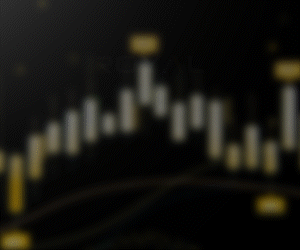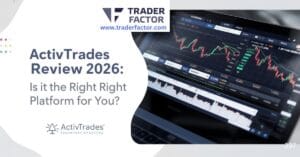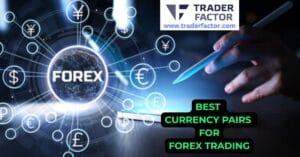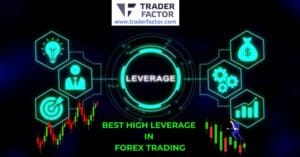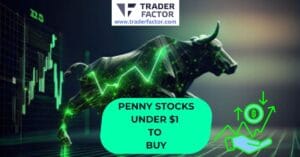In the dynamic world of finance, the foreign exchange market, more commonly known as Forex, stands as a colossal entity, boasting an average daily trading volume exceeding $6 trillion. This staggering statistic might spark curiosity or even intimidation for those unfamiliar with the concept.
“Unveiling Forex Facts a Beginner’s Guide Forex Insights” is a comprehensive exploration into the fascinating realm of Forex. This guide is intended to demystify the complexities and illuminate the essentials of Forex trading. Whether you’re an aspiring trader, a finance enthusiast, or merely a curious reader, this guide will serve as your navigational compass in the vast ocean of Forex.
So, let’s embark on this journey together, dissecting the facts and debunking the myths, to gain a solid understanding of this financial behemoth.
Table of Contents
ToggleKey Players in the Forex Market

The Forex market is a vast and complex ecosystem with various key players, each playing a unique role. These entities contribute to the ebb and flow of the market, influencing exchange rates through their trading activities.
Let’s delve deeper into the roles and functions of these key players:
Central Banks
Central banks are perhaps the most influential players in the Forex market. They regulate money supply and set interest rates in their respective countries. When central banks adjust interest rates or intervene in the market to stabilize their currency, these actions can cause significant fluctuations in currency pairs. For example, if the Federal Reserve (Fed) raises interest rates, the USD generally strengthens.
Commercial Banks
Commercial banks deal with both local and international currencies, facilitating transactions for clients and trading on their own accounts. They can influence exchange rates through their Forex operations. For instance, HSBC and Citibank are among the largest commercial banks active in the Forex market.

Institutional Investors
Institutional investors such as hedge funds, pension funds, and endowments trade large volumes of currencies to manage their investment portfolios, potentially moving the market due to the size of their trades.
Retail Traders
Retail traders are individuals who trade currencies for personal accounts. While each retail trader’s individual impact may be small, collectively, they form a significant portion of the Forex market.
Forex Brokers Forex brokers act as intermediaries between retail traders and the interbank market. They provide platforms for individuals to buy and sell currencies. Examples include IronFX, ActivTrades and Eightcap.
Check out the complete guide on Best High Leverage Forex Brokers.
Market Makers and ECN Brokers
Market makers provide liquidity by constantly buying and selling currencies at their own risk, while ECN brokers connect buyers and sellers directly. Both play crucial roles in ensuring smooth trading in the Forex market.

Multinational Corporations
Multinational corporations trade currencies for business operations, such as paying overseas employees or purchasing foreign goods. Their substantial foreign exchange activities can impact currency rates.
Governments and Sovereign Wealth Funds
Governments and sovereign wealth funds trade currencies to manage their country’s foreign reserves and stabilize their domestic currency. Their large-scale transactions can sway the Forex market.
Speculators
Speculators aim to profit from currency price fluctuations. They can influence the market, especially when they trade in large volumes.
Media and Analysts
Media outlets and analysts shape market sentiment through their reports and forecasts. Their influence can drive trends in the Forex market. For example, a news report suggesting that the European Central Bank (ECB) might cut interest rates could weaken the EUR/USD pair.
Understanding the role of each player in the Forex market is crucial for any trader, as these entities’ actions can significantly affect currency exchange rates. By keeping an eye on these key players, traders can make informed decisions, anticipate market movements, and develop robust trading strategies.
Your Guide to Major Trading Sessions
As a forex trader, it’s essential for you to understand the different trading sessions and their dynamics.
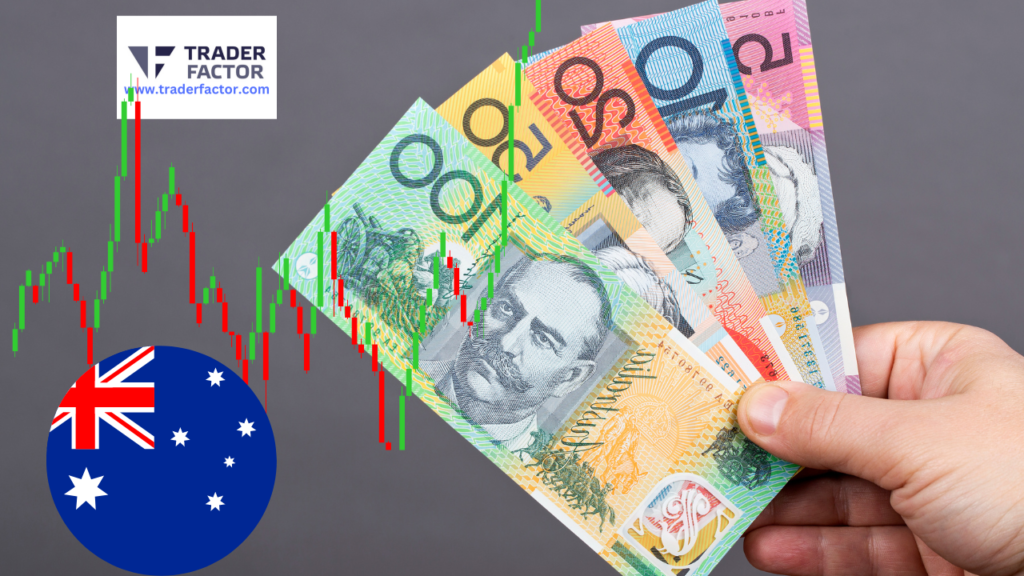
Let’s delve deeper into each of these sessions:
The Asian Trading Session
The Asian trading session is the first major market to open, and it includes financial hubs such as Tokyo, Hong Kong and Singapore. During this period, you’ll find that the Japanese Yen (JPY) and the Australian Dollar (AUD) are more active due to the business hours of these countries. If you’re planning to trade during this session, keep an eye on economic releases from Asia as they can cause volatility in these currencies.
The European Trading Session
Next up is the European session, which includes major financial centers like London, Frankfurt and Paris. The European session overlaps with both the Asian and North American sessions, making it one of the most volatile trading periods. During this session, you may see heightened activity in the Euro (EUR), British Pound (GBP), and Swiss Franc (CHF). Key economic data from Europe, including interest rate decisions from the European Central Bank (ECB), are often published during this session, which can lead to significant market movements.

The North American Trading Session
The North American session, dominated by the U.S. market, sees a lot of action in the U.S. Dollar (USD), Canadian Dollar (CAD) and Mexican Peso (MXN). Important economic news from the U.S., like the Non-Farm Payrolls report or Federal Reserve announcements, are released during this session, often causing substantial market volatility.
The Pacific Trading Session
Finally, there’s the Pacific trading session, which includes countries like New Zealand and Australia. Although it’s not as volatile as the other sessions, you might notice increased activity in the New Zealand Dollar (NZD) and continuation of Australian Dollar (AUD) trading.
Understanding these sessions and their characteristics can help you decide when to trade, depending on your currency pair and strategy. Remember, markets can be more volatile during session overlaps or economic news releases, which can either present great trading opportunities or increase risk, depending on your approach to trading.
Read a complete guide on the Best Trading Sessions At Forex Markets.
Deepening Your Understanding of Factors Influencing Forex Prices
As an active participant in the forex market, it’s crucial for you to thoroughly comprehend the various elements that can sway the movement of currency pairs.
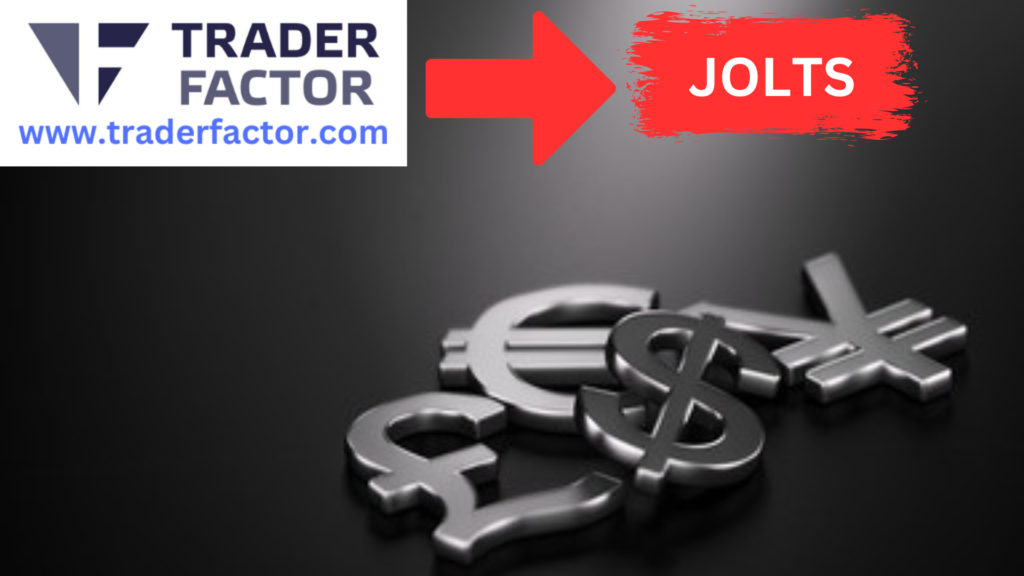
Here’s a comprehensive exploration of these factors:
Interest Rates
Interest rates, determined by central banks, have a significant impact on forex prices. Higher interest rates often appeal to foreign investors, leading to an inflow of capital and hence, strengthening the country’s currency. For instance, if the Federal Reserve decides to increase interest rates, it could potentially result in an appreciation of the USD.
Economic Indicators
Economic indicators such as GDP growth, employment data, and inflation rates offer insights into a country’s economic health and can influence forex prices. For example, if job growth in the U.S. exceeds expectations, it might cause the USD to strengthen.
Political Stability and Risk
Political stability and events can significantly influence a country’s currency value. Stable governments often have stronger currencies, while political uncertainty or conflict can weaken a currency. For instance, the uncertainty surrounding Brexit caused significant volatility in the GBP.

Market Sentiment
Market sentiment, which is driven by traders’ perceptions and attitudes towards certain events or trends, can cause currency fluctuations. For example, negative news about the Eurozone economy might trigger selling pressure on the EUR.
Supply and Demand
The forex market, like any other market, is fundamentally driven by supply and demand. If the demand for a currency surpasses its supply, its value will increase. Conversely, if the supply outpaces demand, the currency’s value will decrease.
Trade Balances and Current Account Deficits/Surpluses
A country’s trade balance (the difference between exports and imports) and current account status can impact its currency. A trade surplus or a current account surplus can strengthen a currency, while deficits can weaken it.
Monetary Policy
Monetary policy decisions by central banks can have substantial impacts on forex prices. For instance, the implementation of quantitative easing can lead to a depreciation of the currency.
Market Interventions
Occasionally, central banks intervene in the forex market to stabilize or devalue their currency. Such interventions can cause significant market movements.
Commodity Prices
For countries heavily reliant on exporting commodities, higher commodity prices can boost the currency. For example, rising oil prices can strengthen the Canadian dollar (CAD), as Canada is a major oil exporter.

Global Economic Trends
Global economic trends and crises can influence forex prices. For instance, during global recessions, investors might flock to safe-haven currencies like the USD or JPY, pushing their values higher.
Technical Factors
Technical factors such as support and resistance levels, trendlines, and patterns can also influence forex prices. Traders often use these technical analysis tools to make trading decisions.
Speculation
Speculators aiming to profit from price fluctuations can also influence forex prices, especially when they trade in large volumes.
By understanding these factors, you can better anticipate market movements and make more informed trading decisions. Always keep an eye on economic calendars, news updates, and market analyses to stay updated on these influencing factors.
Read a complete guide on Factors That Affect The Exchange Rate In 2023.
Exploring the Types of Forex Orders
As a forex trader, you need to understand the different types of orders you can use to enter and exit your trades.
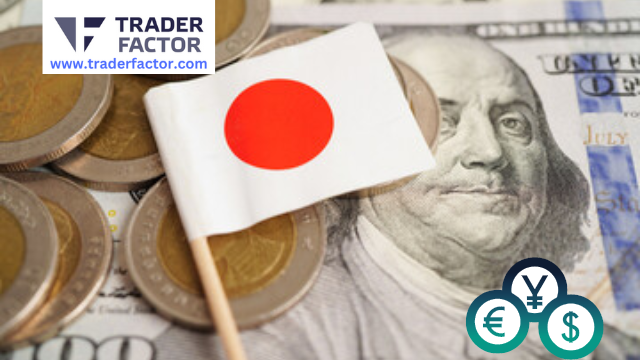
Here’s an overview of each type:
Market Order
A market order is the most straightforward type of forex order. It allows you to buy or sell a currency pair at the best available current market price. For instance, if the EUR/USD is trading at 1.1200 and you place a market order to buy, you will purchase the pair at that price.
Limit Order
A limit order allows you to buy or sell a currency pair at a specific price or better. For example, if you believe the EUR/USD will rise but want to enter the trade at a lower price than the current market price, you could set a limit order at that lower price. If the market reaches your specified price, the order will be executed.
Stop Order
A stop order, also known as a stop-buy or stop-sell order, is used to buy or sell a currency pair once it reaches a specific price. This type of order is typically used to enter a new trade when the market breaks through a particular level, indicating the start of a trend in the direction of the break.

Stop-Loss Order
A stop-loss order is designed to limit your losses if the market moves against you. It closes out your position if the market reaches a certain adverse price level. For example, if you have a long position on EUR/USD at 1.1200, you might place a stop-loss order at 1.1150 to protect yourself from major losses.
Take-Profit Order
A take-profit order automatically closes your position once it reaches a certain favorable price level, thus locking in your profits. If you’re long on EUR/USD at 1.1200, you might set a take-profit order at 1.1250 to secure your profit if the price reaches that level.
Trailing Stop Order
A trailing stop order is a type of stop-loss order that moves with the market price. It allows you to lock in profits while limiting losses without having to manually move your stop-loss order.
One-Cancels-the-Other (OCO) Order
An OCO order is a combination of two orders. If one order is executed, the other is automatically canceled. This type of order is useful when you’re unsure of a market’s direction but want to ensure that you have a position if it moves significantly in either direction.

Good ‘til Canceled (GTC) Order
A GTC order remains active until you decide to cancel it. This order is beneficial if you can’t constantly monitor the markets, but it requires careful management to avoid forgetting about an open order.
Good for the Day (GFD) Order
A GFD order, also known as a day order, expires at the end of the trading day if it hasn’t been executed. This type of order is useful if you want to manage your trades actively and don’t want any orders left open overnight.
Immediate or Cancel (IOC) Order
An IOC order requires all or part of the order to be executed immediately, and any unfilled parts of the order are canceled.
Fill or Kill (FOK) Order
An FOK order must be executed immediately in its entirety; otherwise, the entire order will be canceled. This type of order is typically used by traders who need to execute large orders.
A Comprehensive Guide to Forex Trading Strategies

As a forex trader, it’s essential to have a well-defined trading strategy.
Here are some strategies that you might consider applying in your trading:
Scalping
Scalping is a strategy that involves making dozens or hundreds of trades per day, aiming to capture a few pips per trade. As a scalper, you would need to be glued to the charts and news events as this strategy requires quick decision-making and execution.
Day Trading
Day trading involves entering and exiting trades within a single trading day. As a day trader, you aim to take advantage of short-term price movements and avoid overnight market risk. For example, you might buy EUR/USD in the morning and sell it by the end of the day for a profit.
Swing Trading
Swing trading aims to capture gains in a currency pair over a period of a few days to several weeks. As a swing trader, you would typically use technical analysis to look for currencies with short-term price momentum.

Trend Following
Trend following strategy involves identifying the direction of the market trend and making trades that align with that trend. If, for example, the USD/JPY has been consistently moving upward, you would continue to take long positions until the trend changes.
Counter-Trend Trading
Counter-trend trading strategy involves betting against the prevailing trend, anticipating a reversal. If you’re a counter-trend trader, you might look for potential tops and bottoms in the market where you can enter trades.
Breakout Trading
Breakout trading strategy involves entering a position when the price breaks out of a specific level on your chart. For instance, if GBP/USD breaks above a resistance level, you might enter a long position, expecting further upward movement.
Range Trading
Range trading strategy involves buying and selling within specific price ranges. As a range trader, you would buy at the bottom of the range and sell at the top.
Carry Trade
Carry trade involves borrowing in a low-interest-rate currency and investing in a high-interest-rate currency. The aim is to earn interest rate differentials.
News Trading
News trading or market analysis involves making trades based on news events. If, for example, a central bank announces a change in monetary policy, you might place trades to take advantage of the expected currency movement.

Hedging
Hedging involves taking offsetting positions to protect against adverse movements in your primary trades. For instance, if you have a long position in EUR/USD and anticipate potential short-term USD strength, you might open a short position in another pair that includes the USD.
Pattern Trading
Pattern trading involves identifying and trading based on specific patterns in price charts, such as head and shoulders, triangles, and flags.
Fundamental Analysis
Fundamental analysis involves trading based on economic indicators and news events. You would use this strategy to predict future price movements based on macroeconomic data and news releases.
Technical Analysis
Technical analysis involves studying past market data, primarily price and volume, to forecast future price movements. You might use indicators like moving averages, RSI, and Fibonacci retracements to guide your trading decisions.
Algorithmic Trading
Algorithmic trading involves using computer programs to automate trade entry and exit decisions based on predefined rules. As an algo trader, you would need to code your trading strategy into a forex trading robot.
Remember, no strategy guarantees success in forex trading, and it often takes time and practice to find the right strategy that suits your risk tolerance, trading style, and market understanding.

Disclaimer:
All information has been prepared by TraderFactor or partners. The information does not contain a record of TraderFactor or partner’s prices or an offer of or solicitation for a transaction in any financial instrument. No representation or warranty is given as to the accuracy or completeness of this information. Any material provided does not have regard to the specific investment objective and financial situation of any person who may read it. Past performance is not a reliable indicator of future performance.








